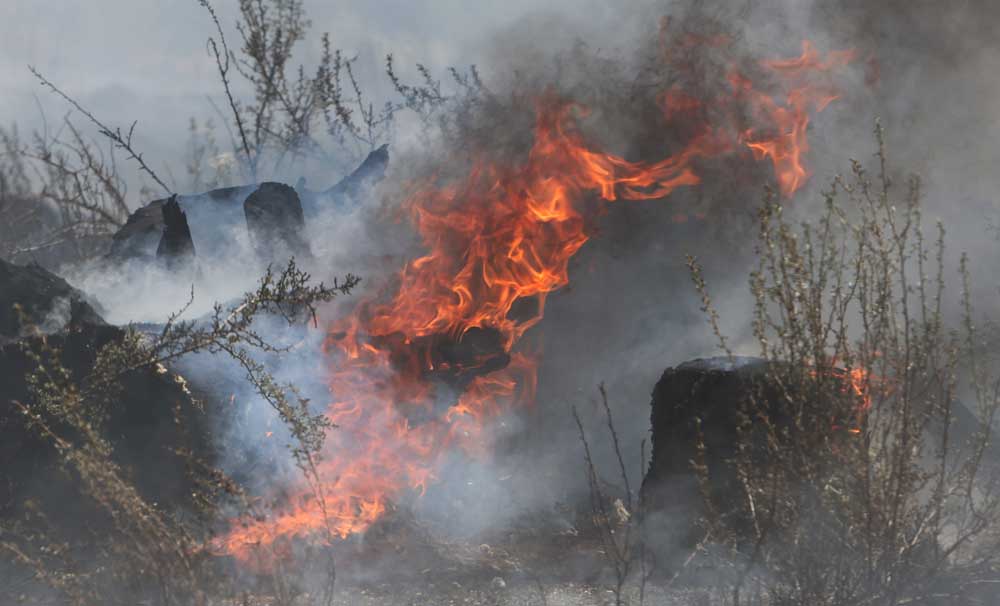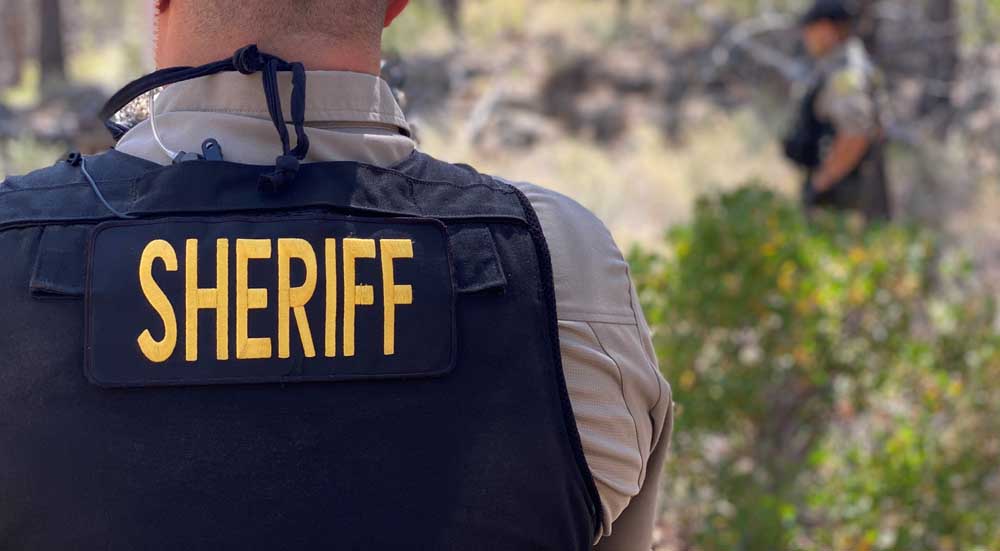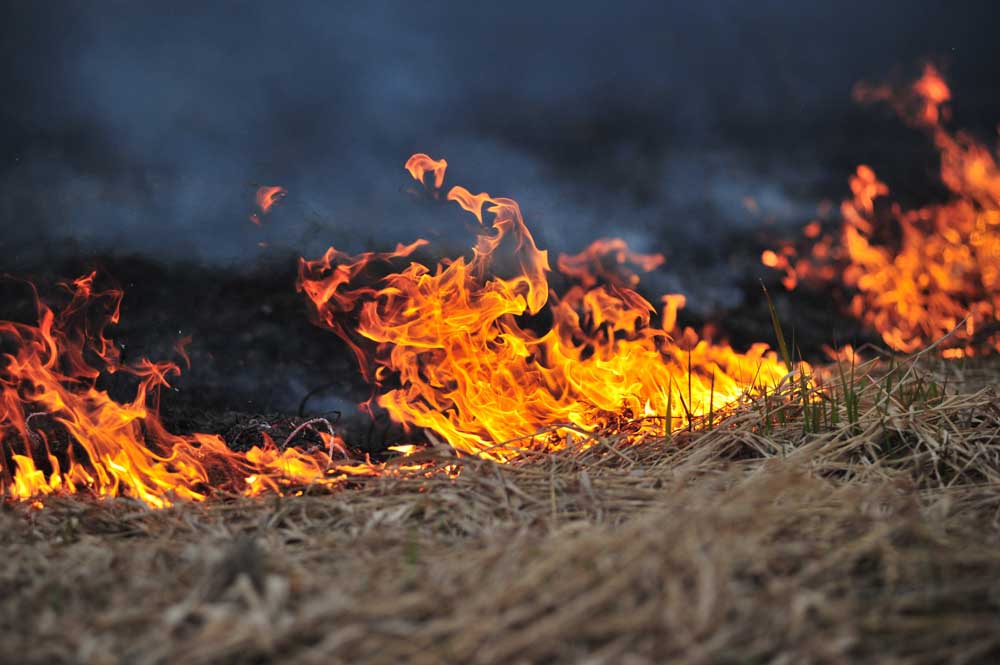Guest column: A response to criticism of forest thinning, prescribed fire and the Deschutes Forest Collaborative Project
Published 9:00 pm Wednesday, November 20, 2024

- Vegetation burns during a prescribed fire on the Deschutes National Forest east of Sunriver in May 2023.
Forest restoration treatments in the forests surrounding our communities help reduce the spread and severity of wildfires. The vast majority of wildfire scientists and forest ecologists would disagree with many of the claims included in George Wuerthner’s Nov. 11 guest column that forest thinning and prescribed fire don’t help reduce the severity and contain wildfires in Central Oregon.
The Deschutes Collaborative Forest Project Steering Committee doesn’t claim that all forest treatments are perfect. But, we argue that the right restoration treatments in the right areas improve the health and resiliency of the Deschutes National Forest and help protect our communities from wildfire.
There are numerous recent examples on the Deschutes National Forest where there was a reduction in intensity as wildfires entered previously treated areas including the Rosland Road Fire, Little Lava Fire, Two Bulls Fire, Darlene 1, and Darlene 3 Fires. In all these cases, previous fuels treatments helped firefighters to slow and eventually stop the spread of wildfire. Photo evidence shows these areas exhibit less tree mortality and more mixed severity fire which is beneficial for post-fire recovery over time.
Wuerthner claims fuels treatments produce conditions that increase wildfire spread and severity. In actuality, the resulting conditions of grasses and shrubs lowers fire intensity and flame lengths during wildfires. Low intensity fires in treated areas tend to stay on the forest floor and cannot reach higher into the tree branches resulting in significantly lower fire severity and tree mortality. Local plants and animals evolved with quite frequent low to moderate severity fires across the Deschutes National Forest. Low to moderate severity fires, not vast areas of high severity fire, are necessary on the landscape to sustain ecological and community resilience.
Wuerthner also proposed that protecting communities from wildfire requires either home hardening or fuels treatments. However, both have been shown to reduce the risk of wildfire spreading into communities and both strategies can be pursued to complement each other. Contrary to his claim, 90% of all prescribed burning in the Deschutes National Forest in 2024 happened in the areas directly bordering our local communities demonstrating a focus on community risk reduction. We recommend both approaches to keep our communities safe from wildfire.
Finally, Wuerthner implies that the Deschutes Collaborative Forest Project, DCFP, is actively withholding information about forest treatments because we receive funding from the Forest Service. This is false. We do not create our own information in a vacuum nor do we withhold anything — the information we use is based on the best available science shared with us from partnering organizations and researchers including The Nature Conservatory, OSU Forestry Dept., Oregon Department of Fish & Wildlife, Oregon Dept. of Forestry, and others. All our meetings are open to the public and we invite you to stop in and learn what we learn.
While part of our nonprofit funding comes from the Forest Service, we also receive contributions from state, county, city, and private foundations. We are accountable to all the funders supporting our projects as well as the communities our stakeholders represent. We are an independent organization that reaches agreements about how our forests should be managed through in-depth research and robust deliberations among diverse stakeholders.
The DCFP convenes diverse stakeholder groups from environmental organizations, to local government, to industry, to tribes, to researchers, to recreation enthusiasts, and others to inform forest management plans. In order to ensure the management of our federal forests meet the diverse needs and integrate our numerous community values, the DCFP brings those perspectives to the table and builds consensus.
Does everyone in the DCFP agree with the treatments on every acre? No. Does everyone always agree with each other? No. Does everyone agree that active forest management is necessary to improve forest conditions? Yes.
If you are interested in seeing post-fire images, learning more about how forest treatments improve forest conditions, and who the DCFP’s diverse stakeholders are, visit the deschutescollaborativeforest.org.
Do you have a point you’d like to make or an issue you feel strongly about? Submit a letter to the editor or a guest column.








